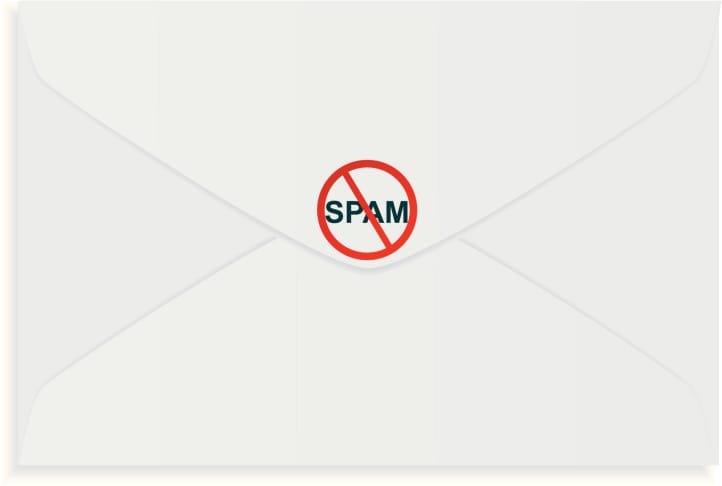Email’s come a long way since the CAN-SPAM Act of 2003. We marketers have learned to emphasize targeting, working with permission-based data sources and intelligently using email to build strong customer relationships.
Despite these best efforts, a recent study from email intelligence service Return Path shows that 70 percent of all spam stems from legitimate marketers. This comes alongside findings from the Retail Email Blog that show a record setting 93 percent of major online retailers sent at least one promotional message on Cyber Monday. This is certainly a sign that email’s still effective, but if ISPs classify many of those messages as spam, perhaps marketers still have more to learn.
So, what can we do to escape this damaging cycle? Start by following these tips for improving the way you work with your subscriber list.
Hygiene
Working with clean, accurate data is the best way to avoid spam traps, build strong relationships with ISPs, and ensure that your messages make it to the inbox. Your mailing frequency and volume dictate how often you want to hygiene your list. When you do hygiene, you’ll want to remove spam traps, unsubscribers, distribution accounts like sales@company.com, malformed addresses, and anything else that’s invalid or inactive.
Segmentation
Another report from Return Path shows that 55 percent of senior marketing executives surveyed are not segmenting their list. If you’re unaware, segmentation involves breaking your list into groupings along shared attributes—criteria like age, gender, income—to better target campaigns. By segmenting, you’re better able to create campaigns that are relevant to your subscribers. This increases the likelihood that your subscribers will open, read and act on your messages. ISPs actively monitor this engagement, and it can go a long way towards keeping your emails in the inbox.
Content Strategy
Content has an impact as well. You may hygiene and segment already, but if you’re still seeing poor engagement from subscribers, it could be your messaging strategy. People have a tendency to hit the spam complaint button instead of manually unsubscribing if you aren’t keeping their interest.
Don’ts
Knowing what not to do is just as important as knowing what to do, so here’s a list of tactics you should avoid:
• Working with disreputable data sources. While cheap, this data is rife with inaccuracies that lead to ineffective campaigns, ruined sender reputations and potential blacklisting by ISPs.
• Hiding the unsubscribe link. This is a direct violation of CAN-SPAM, and it increases the likelihood that recipients will mark your email as spam instead of unsubscribing.
• Blindly using email as a marketing channel. Email, especially for customer acquisition, won’t work for every brand. Take a hard look at your metrics and decide if email is a channel you should continue using.
These are just a few of the many ways you can work to keep your campaigns landing in the inbox, but they’re also some of the most overlooked. If you take a renewed approach to your email marketing strategy with these tips in mind, I‘m confident you’ll see performance more in line with what you’re expecting. Furthermore, email benefits from a process of testing and iteration. Constantly test and refine your audience targeting, sending times, offers, email design and copy until you hit on the combination that works best for your brand.


























